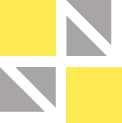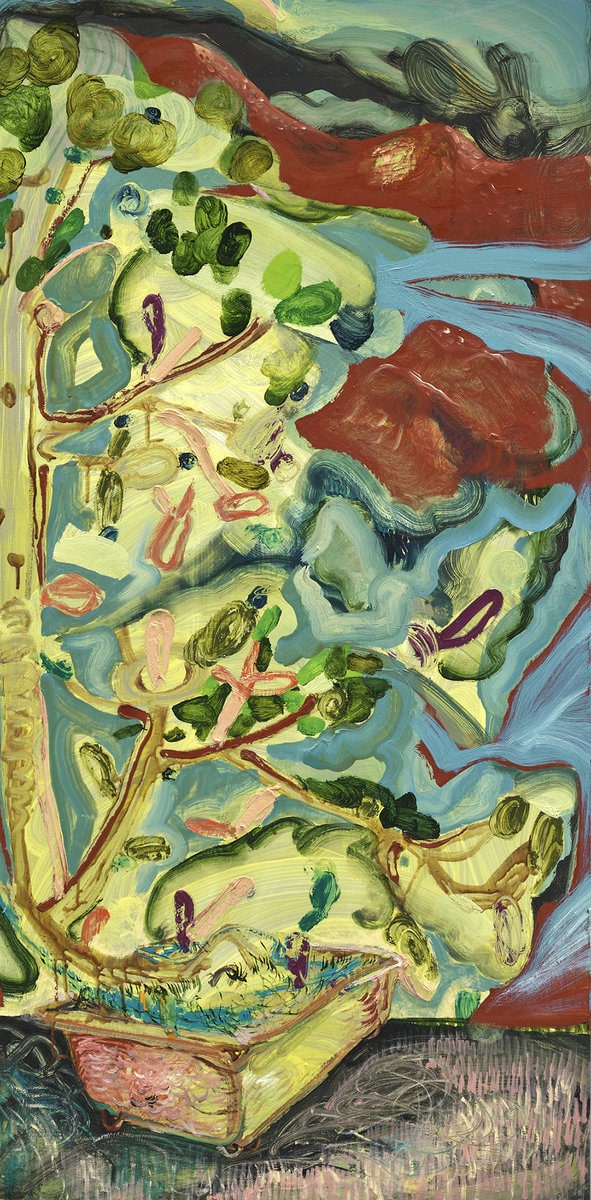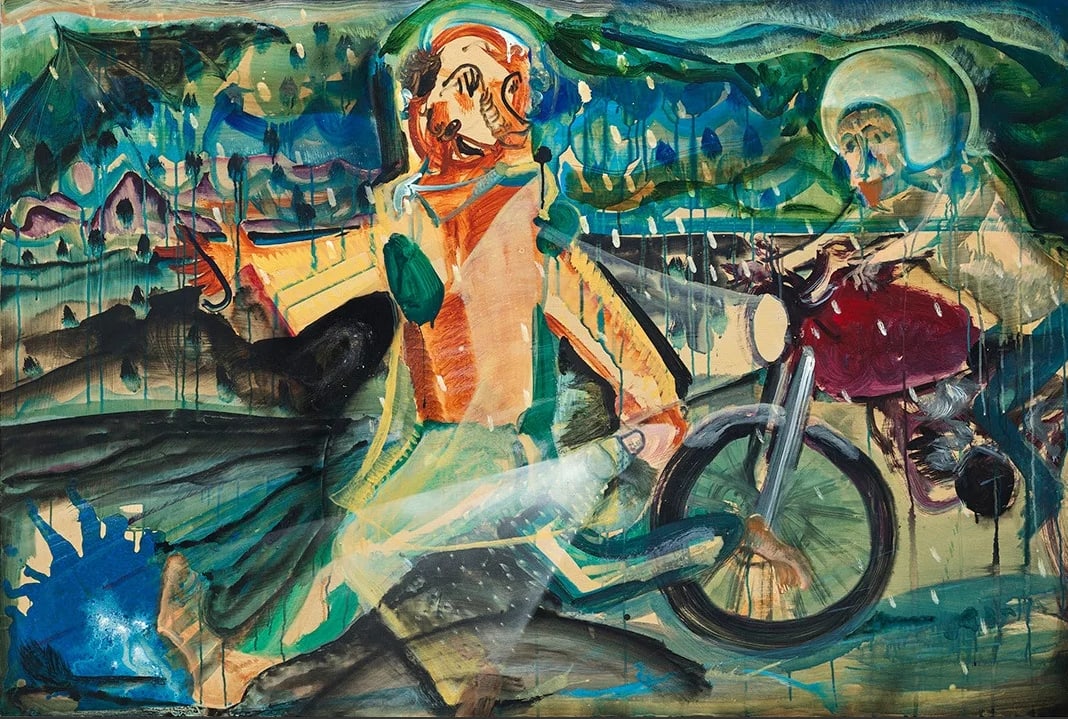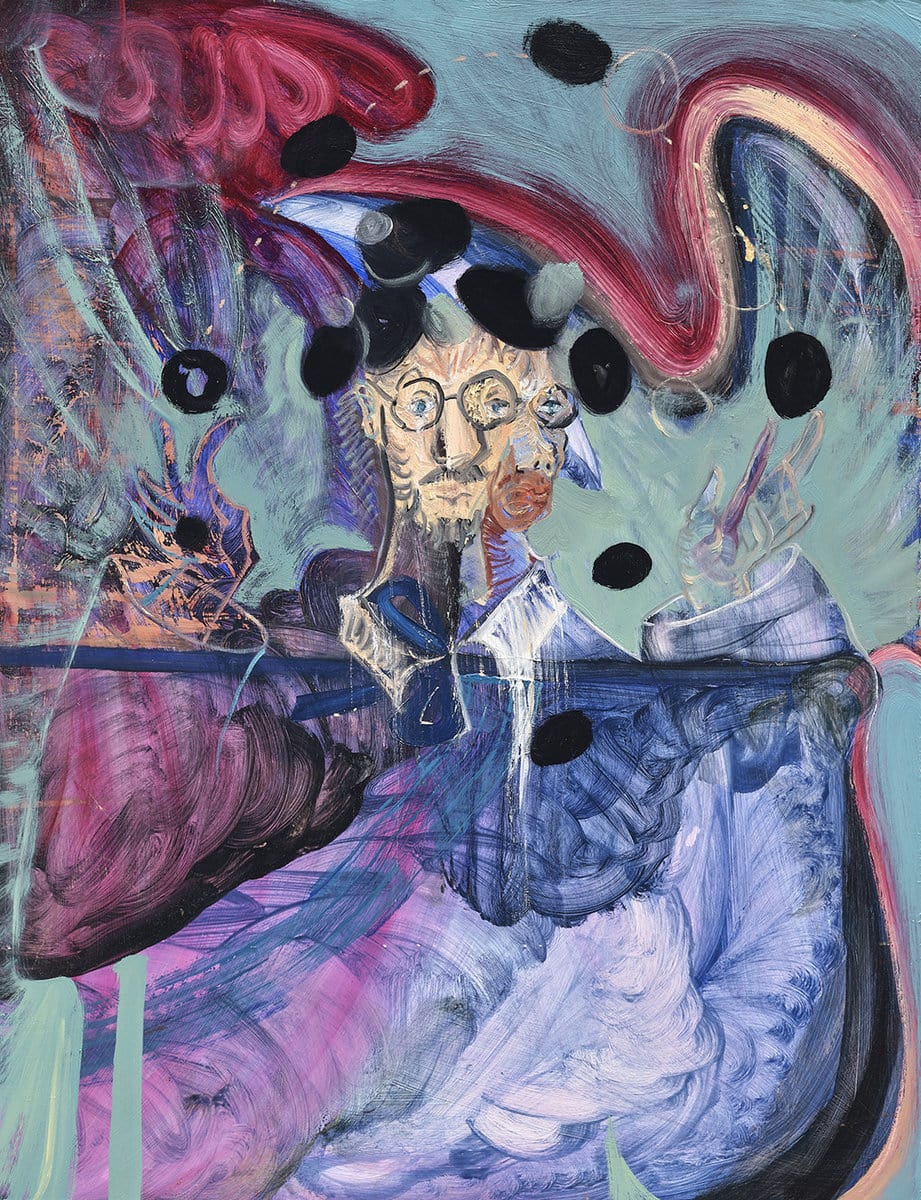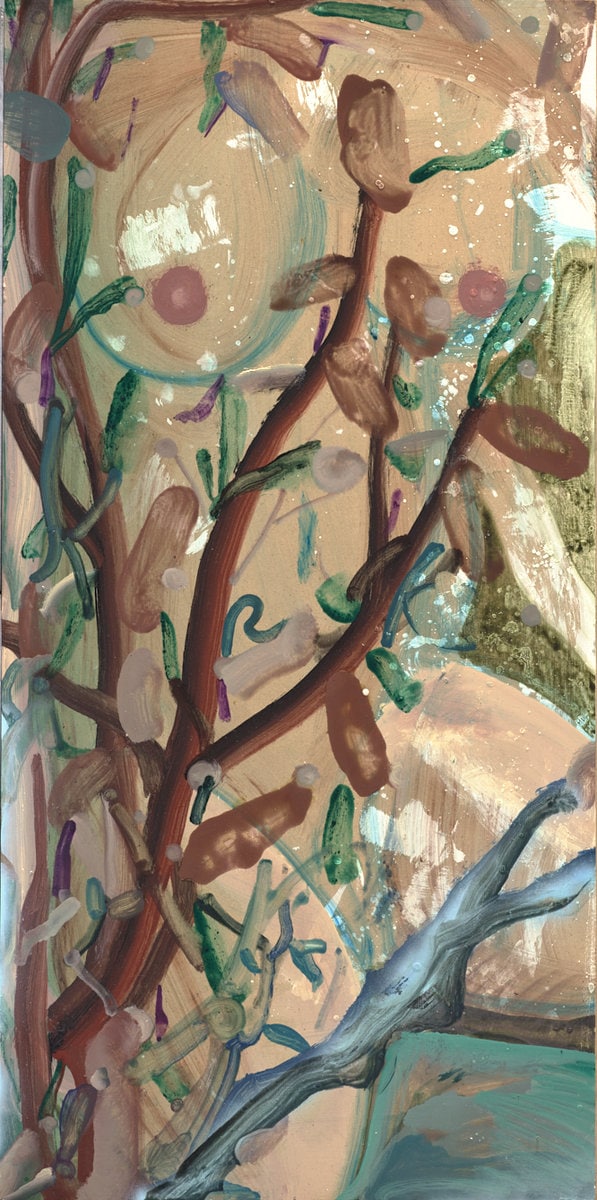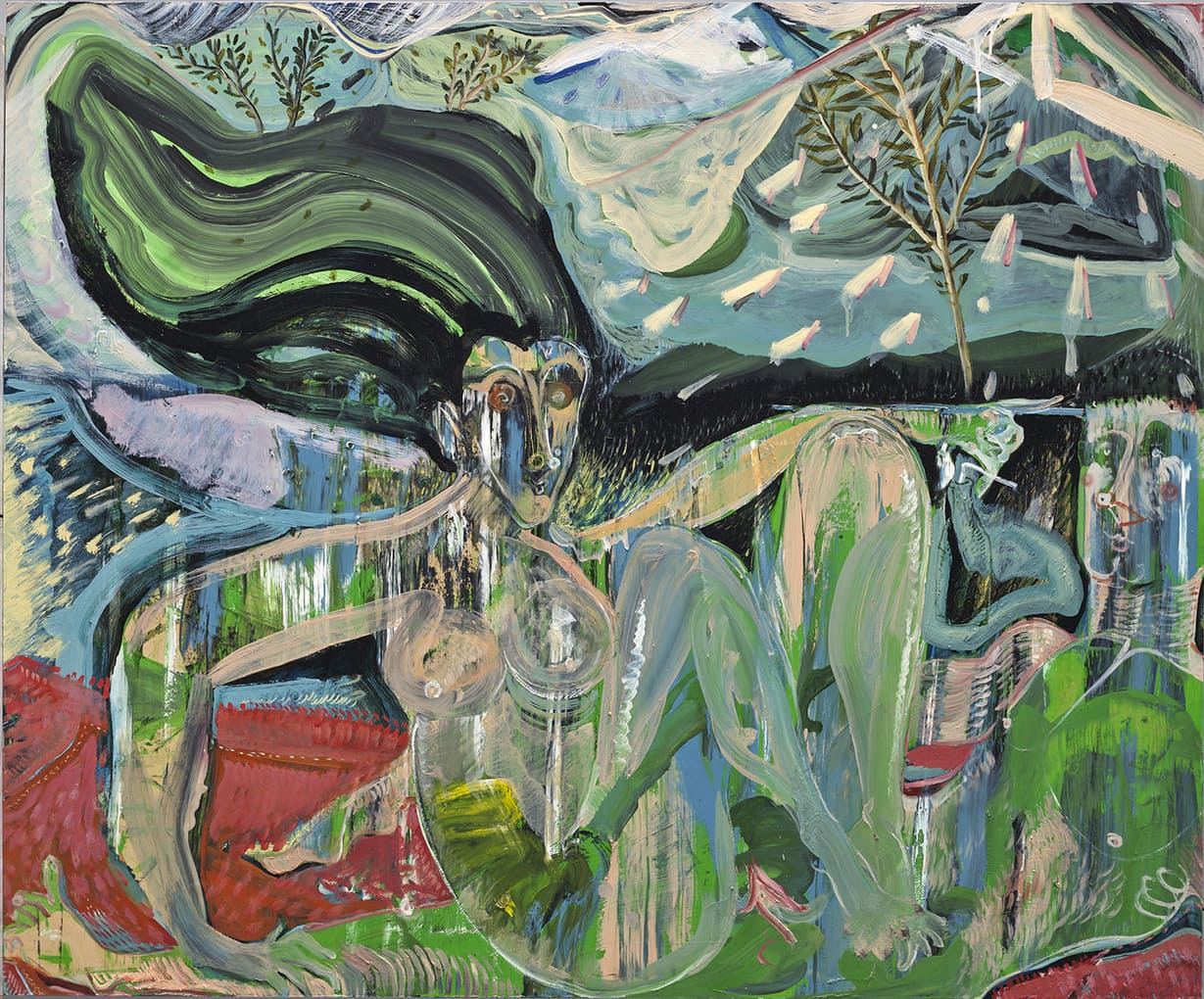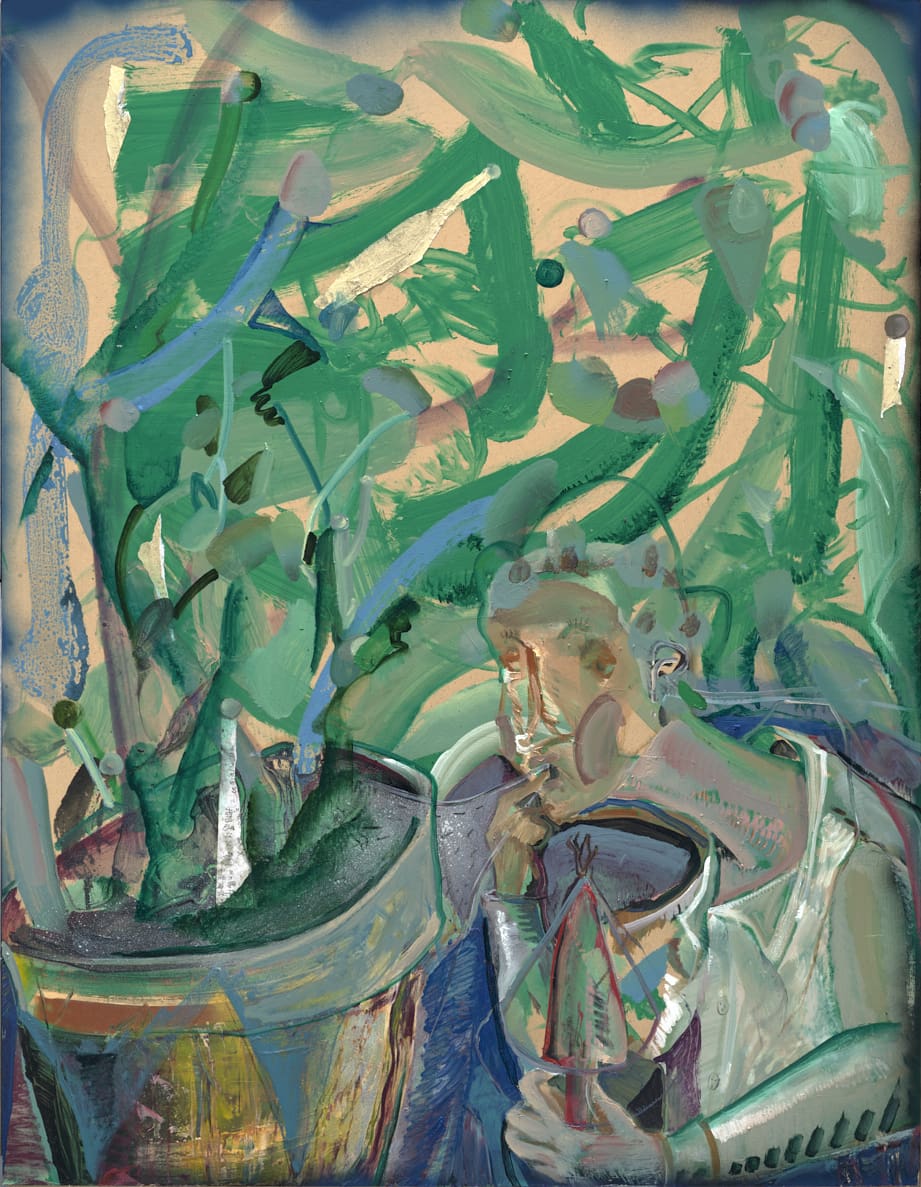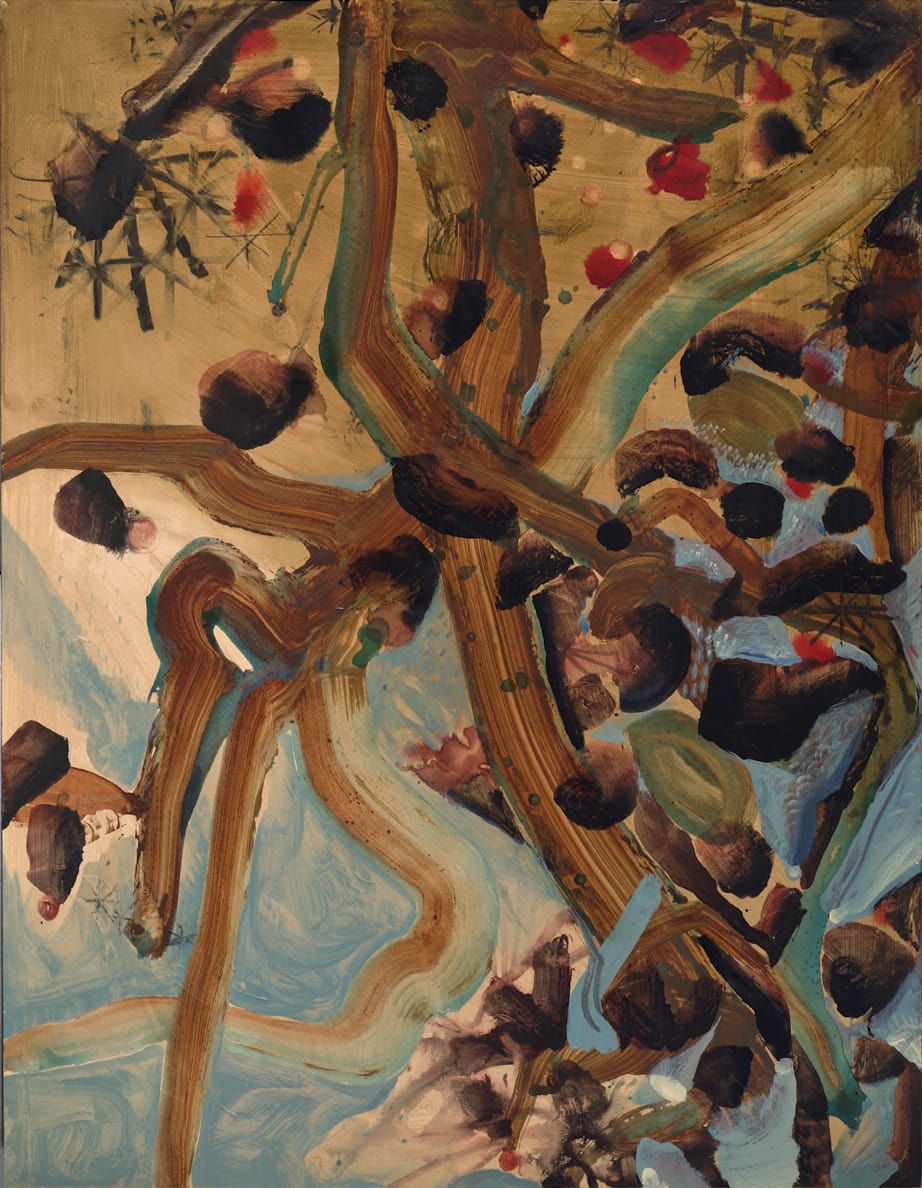Nurturing the Skill of Growing Images – On Tung Jo-Hung’s Exhibition “Sun Ball – Helping Plants Grow”
By Shen Yu-Chang
Tung Jo-Hung will hold a solo exhibition entitled “Sun Ball – Helping Plants Grow” at the “San Gallery” from May 6 to June 10, 2023, featuring more than ten series of new works related to plants. According to Tung Jo-Hung, “Sun Ball” can be understood as “sunlight as a solid sphere.” How can “sunlight,” not “sun,” be seen as a “solid sphere”? Perhaps we can try to imagine the relationship between “sunlight” and “solid sphere” as “potential” and its “realization.” Sunlight not only gives shape to everything that can be seen but also provides the energy necessary for everything to grow. Therefore, sunlight not only shapes everything into ideal forms that are closer to the Platonic “highest good” but also allows things to constantly transform and develop through the process of potential realization, as explained by Aristotle’s concept of “dynamis.”
As for the meaning of “solid sphere,” we can see it in Michelet’s description of “birds”: “Birds are almost entirely spherical, and they are naturally a sublime, pinnacle, and sacred state manifested by highly condensed life.” Gaston Bachelard commented in “The Poetics of Space”: “For Michelet, a bird is a fully-rounded ball, it is a spherical life.” However, if “sphere” means “highly realized life as a whole,” then for Tung Jo-Hung, isn’t a “plant” also a “sphere”? In this sense, Michelet’s “bird” and Tung Jo-Hung’s “plant” may have a topological “homeomorphism” relationship: both can be seen as “a solid sphere” from their highly realized life perspective. “Sunlight” helps “plants grow” into “a solid sphere” and provides the energy source for their “highly realized life potential.”
The relationship between “sunlight” and “solid sphere” can also be imagined as the relationship between “painter” and “painting.” Painting is not entirely a product of human will. When painting, artists often feel the self-generating nature of the image. However, the painter is not just a “channel” for creating the painting, nor is he or she “producing” the painting. Like “helping plants grow,” the painter must not only “take care of” the painting but also “wait” for it to grow on its own. “Taking care” not only requires “caring” but also requires knowledge of “growth.” In the plant paintings exhibited by Tung Jo-Hung, there are various “hooks,” “circles,” “lines,” and “pillars” that assist in plant growth. These “tools for assisting plant growth” are also “tools for assisting painting growth” in Tung Jo-Hung’s works. What is “painting”? Tung Jo-Hung’s answer in this exhibition may be “the skill of nurturing the growth of images.”
As for how viewers should look at Tung Jo-Hung’s paintings, this article believes that Tung Jo-Hung’s paintings do not follow specific “methods” to “produce,” so it may not be appropriate to reduce his paintings to specific “concepts” or “methods.” However, this article still tries to propose a certain “way of viewing” and based on it, present some “viewing experiences.” Just as a 7-inch vinyl record has so-called “A-side” and “B-side,” this article also tries to divide the discussion about Tung Jo-Hung’s paintings into “A-side” and “B-side.” In the following text, the “A-side” records the “way of viewing” Tung Jo-Hung’s paintings, while the “B-side” records the author’s personal “viewing experiences.”
Regarding Dang Ruo-hong’s paintings (A-side)
How should we talk about Dang Ruo-hong and his paintings? The information provided by the painter and his works is not always commensurate in terms of quality and quantity. Usually, we look at paintings; sometimes, we listen to painters talk about their paintings. Sometimes, the painter’s words can help us solve some confusion. What we hear and see can sometimes resonate perfectly. However, more often than not, even though what we see and hear has been integrated, there is still an endless stream of confusion in the gap between the two. Some painters choose to speak less than their paintings: “Let the paintings speak for themselves!” Some painters choose to speak more than their paintings: “Let the artist speak!” Ultimately, the paintings become blackboards in the classroom or soapboxes in the park. Some painters choose to let the paintings speak as little as themselves: “Let the viewer speak!” However, there are other painters who are not in a hurry to resolve contradictions, and even enjoy them, so they choose to speak as much as their paintings. Dang Ruo-hong is such a painter.
When the painter speaks as much as the paintings, and is not in a hurry to resolve contradictions, it will inevitably become: “Let everyone (the author, the painting, the viewer) speak together!” However, Dang Ruo-hong is not a relativist or nihilist. The painter’s choice to speak as much as the paintings, and to enjoy the contradictions, does not invite viewers to arbitrarily refer to the meaning of the work, but rather requires viewers to understand his seemingly contradictory painting logic. It is worth noting that in his interviews, Dang Ruo-hong’s subject is not the “painting” as a noun and result, but the “painting” as a verb and process. Nevertheless, we cannot understand his paintings as “process paintings” because he does not intend to regard the “process” as the “painting”. The “painting” he talks about is still an “object”, not a “thing”. However, what he talks about, as a “painting” existing as an “object” in his hands, is not each individual work he has completed, nor the sum of these works, but something beyond the sum of these works.
To speak of a painter’s “painting” as something beyond the sum of its “works” does not necessarily lead to mystification. In fact, Dang Ruo-hong never intended to mystify his painting. He just didn’t want to rashly reduce his painting to several clear concepts or a rigorous discourse, thereby obscuring or erasing the various errors or hesitations in the process. Because he knows clearly that it is the errors and hesitations in the process, rather than the ultimate goal and expected path at the starting point, that lead the painting to the result seen in the end. Therefore, if the result is worthy of affirmation, the errors and hesitations in the process are undoubtedly more worthy of discussion than the ultimate goal and expected path at the starting point. The goal certainly exists, but in the process, it is impossible not to deviate. Some deviations come from the gap between estimation and reality, and some come from the sudden inspiration. What the painter needs to do is nothing more than choosing and judging. A series of choices and judgments constitute the final appearance of a work. In comparison, the original goal hidden under numerous choices and judgments seems less important.
In this sense, the goal is only the process, and the process is the goal. The ultimate goal and expected path set at the beginning are meant to enable the process to unfold, not necessarily to be achieved. The constant deviation from the predetermined goal and expected path during the process is precisely what leads to the most ideal outcome of the entire action. In Dang Ruohong’s paintings, the relationship between the goal and the process is also the relationship between the materials, forms, images, style, and painting. When viewing his works, one can first see a large number of images emerging, including figures, faces, nudes, clothing, hats, boots, bottles, fruit, and potted plants. At the same time, one can also see the traces of various brushes, wide strokes and scratches, short lines that quickly pass over the details of objects and the background space, outlines that are sketched but not filled in on top of other images, long and winding brushstrokes that blend different colors, and scattered short lines and dots of different sizes. However, these things that appear on the picture are not strictly speaking images, because they do not have symbolic significance for the painter, nor are they organized through symbolism. But they are not just things that appear on the picture for the sake of extracting visual forms. They still have some meaning for the painter. Their meaning is always less than that of the images but more than the requirements of the forms.
Dang Ruohong’s painting process is more like a sports game than a construction site. The outcome cannot be foreseen at the beginning, and the pace of the game cannot follow the plan. All strategies can only be abandoned after the start, and only by facing various problems that constantly emerge at the moment and dealing with them can we hope for some miraculous moment to appear. The so-called miraculous moment is not the moment when inspiration comes, but the moment when we enter a highly fluent working rhythm. When we realize it, we have already entered the rhythm. We don’t know how long it will last, and we don’t know whether what we draw is good or bad. We can only keep drawing like waiting for a moment of miracle. Therefore, when viewing Dang Ruohong’s works, it is not suitable to stop and gaze at them at the beginning. We should walk around the exhibition hall quickly or slowly, look at the paintings from different distances, and find a stroke that cannot be ignored in the picture, then follow the development before and after and continue to look. Just like playing a game, we cannot be too tight or too relaxed. We need to find a kind of clear and alert but flexible and appropriate tension and not be afraid of making mistakes and changing tactics at any time. The person who paints should be like this, and the person who views the painting should also be like this.
On Dang Ronghong’s Painting (B-side)
It always starts with casually throwing paint onto the canvas. Rather than graffiti, it’s more like picking up an object to focus the consciousness, playing with it, and manipulating it. The comprehensive molding is directed by the fingers. Repeatedly adding soil to the block, the composite material undergoes a qualitative change and becomes an organic entity in the process, as if life is emerging from it. The material that is endowed with memory seems to have self-awareness, carrying the artist’s hand as it moves forward. Visuals are no longer the forerunner of touch; touch can anticipate what it expects to touch. It’s not throwing the ball, but dribbling. Trusting the inevitable feedback from the ball to the hand, the steering wheel is controlled by the hearing. Firm and back and forth. Then comes the problem of the surface. The fiberboard surface is smooth and absorbent. The surface is smooth, unlike the grainy feeling unique to canvas. The brush rustles across the fabric’s surface, while the brush pushes down as if walking on thick carpet, and the force is counteracted by sandpit-like resistance and then falls. The absorbency is high, unlike wood with a specific grain direction. Even though the brush moves lightly and solidly on it, the hydrophobicity is too high, and when the oil paint is not dry, it feels like driving through puddles, and the brush is afraid of losing speed and slipping. The brush marks on the fiberboard are like the clear and crisp echoes of dribbling on maple wood floors.
Sometimes, the underlying oil paint is not dry, and the brush marks remain. Another color is used to bring out new brush marks. The color tone changes and blends in the brush’s drag, but it is not particularly noticeable because the overlapping brush marks are already captivating. The deep monochrome color brushed over the light, undried pink spills out to become double-hook ink lines at both ends of the brush, and the light pink is sandwiched inside, like a piece of meat taking shape. Pause, turn, reverse the elbow’s force, let go, and split into lightning, nerves or tree branches. The light pink brushed over the deep, undried monochrome color is as thick as a lump that no light or sound can penetrate. The image disappears in it, returning to the chaotic state that needs to be reshaped like the base color. But it’s no longer a substrate; it’s a specific lump-shaped object. The trunk, the arm, the fruit, or the steam and fog spitting out of the bottle’s mouth, in short, the sphere and its same kind. The deep monochrome color brushed over the light, dried pink redraws the outline, revealing a clean and clear base color. Especially deep green or blue, it peeps into the deformation of indoor people and still lifes through the stained glass. The light pink brushed over the deep, dried monochrome color vaporizes and shapes against the light. It either weakens the contrast of the underlying layer, recolors it, or simply covers it all. Transparent deep monochrome color is additive carving, while opaque light pink is subtractive sculpture.
Perhaps the surface is just an illusion that never appears under the brush. What exists on the canvas are only lines of different thicknesses. Thick lines cover thin lines, and something must be revealed underneath. This can be achieved by using a color with high transparency, by brushing over with a dry brush, lightly rubbing over when the underlying layer is not yet dry, spraying paint, or simply dotting it with small strokes. Otherwise, it would just be a cover-up. It is better to leave a bright and opaque, slightly blurred outline of the color block rather than just a simple cover-up. Thin lines are overlaid on thick lines to further shape the image. The most common situation is short lines and small dots. They can be in the same direction or scattered. Short lines do not necessarily mean shadows or imply volume. They are more like key hints or annotations when reading the image. They can resemble markings on a prison wall counting the days or unconsciously repeating lists, sometimes becoming twisted and tightly compressed into what appears to be a vector side. Small dots can be dense or sparse. When dense, they are like grooves created by a metal knife scraping over a rubber plate, with the rubber’s elasticity and resistance, digging deeply into the brush marks in the picture and with the center being translucent and the sides thick. When sparse, they are like sparse hairs that grow after several days, with leaf spots in a mural or childish drawings, tea leaves on a draining board, or pictorial raindrops.
Characters appear from time to time. Faces overlap with faces, left profiles with three-quarters of a right squinting face. Then there are faces staring at each other. The most essential vertical structure from the forehead to the nose. The eyes, sometimes with huge hollows. Gazing low with a blank stare, or empty eyes gazing at the viewer, revealing the chaos and disorder below or dotting the pupils to replace meaning with gaze. Mouth open, teeth exposed, puffed cheeks, blowing air or screaming or swallowing, indicating the direction of entry or exit, saliva or sound. The most essential horizontal structure from the back of the hand to the fingertips. It is essential because there is something being held: flowers, fruit, watering cans, garden shovels. There is also a microphone. There are dignified clothes: collars and boots, sharp angles and arcs, buttons and ties, vertical order, broken points, or cross-linking. Faces worth remembering or still-life combinations glimpsed are of the same form, stacked balls and pillars. Even in ordinary moments, dramatic encounters are necessary to remember deeply. The experience is transcribed into a visual record player, and any tiny scratch marks can produce shocking explosions or gorgeous skips when amplified.
Exhibition Title | Dang Ruohong Solo Exhibition “Sun Ball—Helping Plants Grow”
Artist | Dang Ruohong
Exhibition Dates | May 6, 2023 (Saturday) – June 10, 2023 (Saturday)
Opening Reception | May 6, 2023 (Saturday) 3:00 PM – 4:00 PM Lecture, 4:00 PM – 6:00 PM Opening
